How To Buy an Electrical Junction Box?
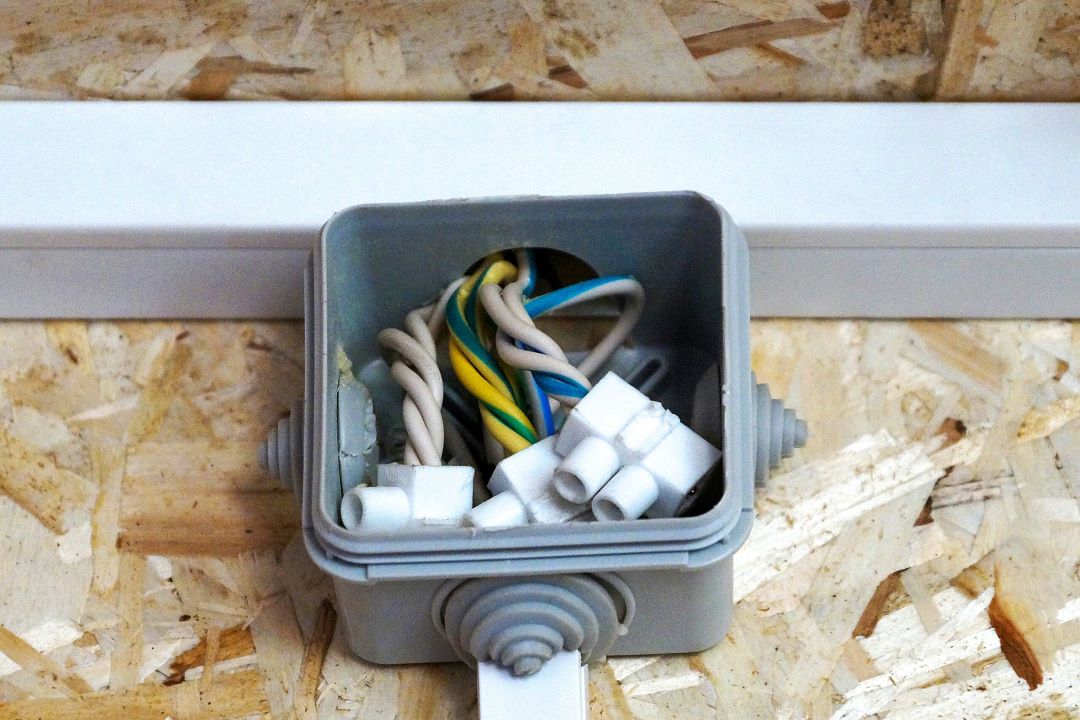
To buy an electrical junction box, you need to consider various factors such as the intended use, the environment where it will be placed, and the specific contents it will house. Look for a durable junction box with a secure lid to protect the electrical connections from water and other environmental factors. Reputable junction box brands like the nVent HOFFMAN series, known for their robust construction and typically available in a standard grey color that blends with most settings. You should also consider the size of the junction box, as it needs to accommodate all the wires and connections comfortably.
When purchasing a junction box, ensure that it is an intrinsically safe junction box and check its certification requirements for safety standards. The UL (Underwriters Laboratories) certification is widely accepted in North America and ensures that the junction box meets all necessary safety requirements. Other certifications like CE (Conformité Européenne) or TUV (Technischer Überwachungsverein) may be required depending on your location.

In addition to the box junction basic features, you may want to look for additional options like knockouts, mounting holes, and removable covers for easier installation and maintenance. A junction box with these features can save you time and effort in setting up your electrical connections.
If you are not sure about which junction box to buy, it is always a good idea to consult an electrician or an expert in the field. They can provide you with valuable insights and recommendations based on your specific needs. Alternatively, you can also research online and read reviews from other customers to get a better understanding of the junction box's performance and durability.

What is an electrical junction box?
An electrical junction box is a critical component in the electrical infrastructure of a building, serving as a secure enclosure where wiring connections are safely housed. These boxes come in various types, including options crafted from durable metal and PVC, typically colored grey, suited for environments where protection against water ingress is crucial. '
Junction boxes are designed with lids to safeguard the contained connections from dust and debris. When looking to purchase a junction box, prices can vary based on size, type, and materials used, so it’s essential to review the stock available on the page you select. Renowned junction box brands like Hammond offer a range of junction boxes that meet different specifications.
For intricate installations, it's important to understand the nuances between a junction box, which centralizes electrical connections, and a splice or joint box, which are used for branching or extending circuits. If in doubt regarding the right type of junction box for your project, do not hesitate to make contact with a professional for guidance.
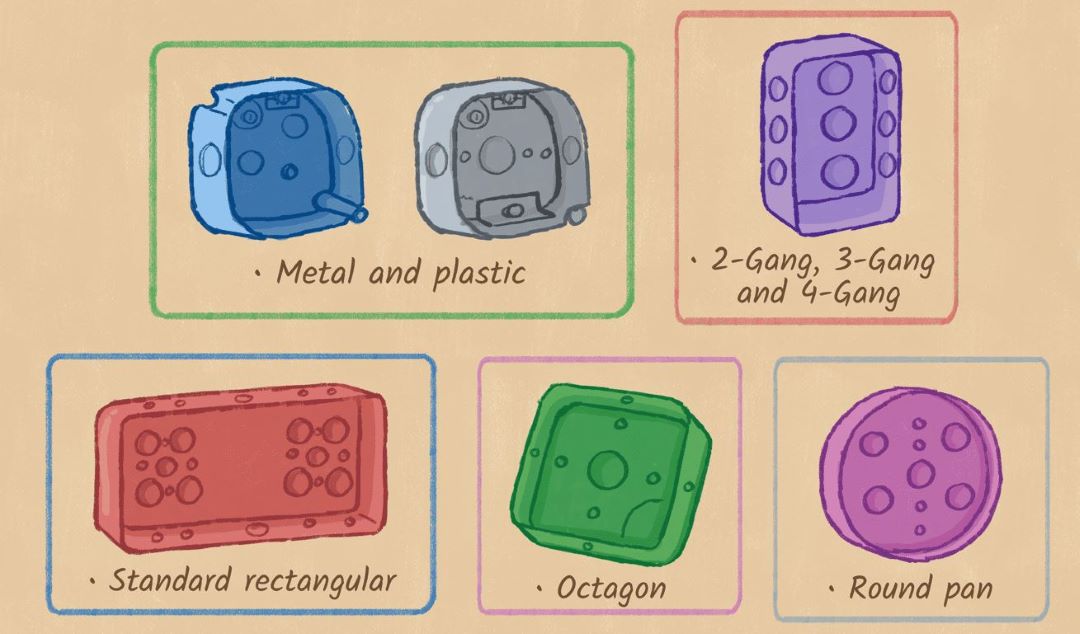
What are the types of electrical junction box?
The types of electrical junction box include products ranging from simple polypropylene boxes with snap-on lids to more robust PC (polycarbonate) versions designed for heavier applications. When selecting a junction box, it's important to consider the junction box's product range availability in stock, as well as the specific type needed for your project. Many people opt for grey, surface-mounted box, which are readily available and can easily be integrated into a variety of settings. For those in need of assistance, contacting manufacturers like Eaton can help clarify which junction box product from their extensive range of types and sizes is right for the job. Check out Lito Electrical Service's electrical work price list for residential buildings in Singapore.
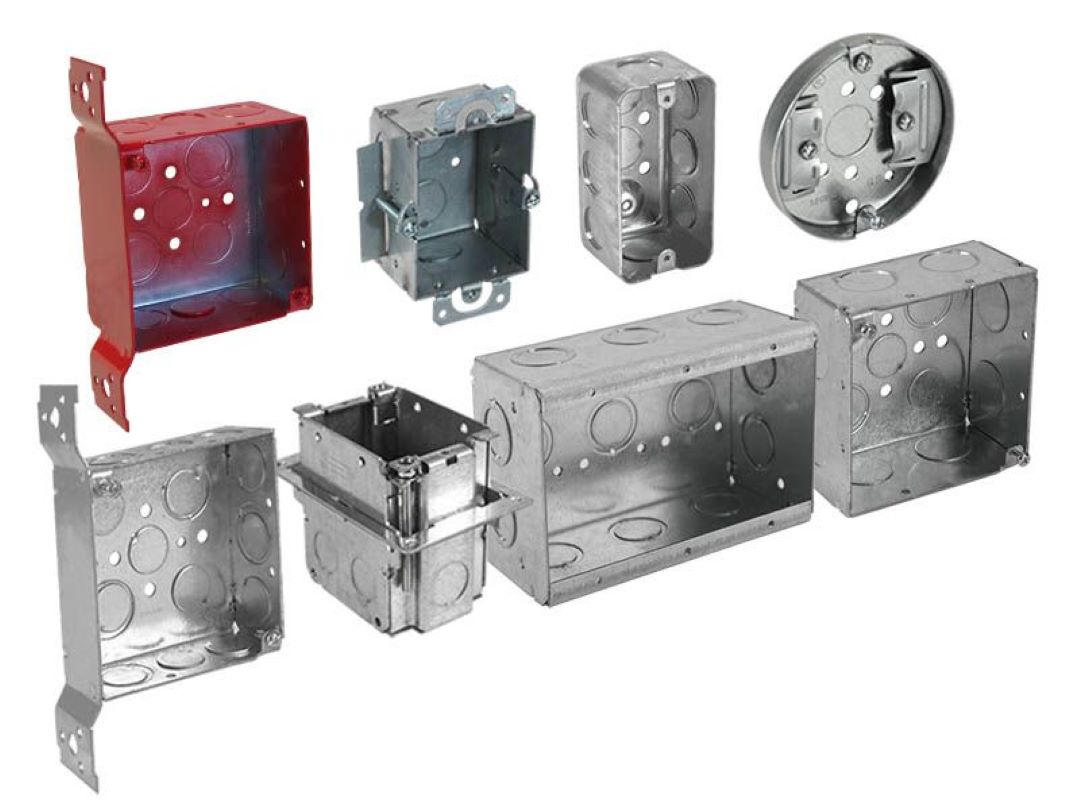
What you need to know about metal electrical junction boxes?
For metal electrical junction boxes, you need to know the exact size required for your specific application to ensure proper fit and organization of wires.
When considering for a metal electrical junction box, it's crucial to understand their level of weatherproofing against heat, water and dust. Such boxes often come with an IP rating, indicating their effectiveness against elements like dust and water. The lid of the junction box should fit snugly to the body to prevent any water ingress when mounted on a wall or surface.
In regions like Singapore, the demand for durable materials like stainless steel in electrical junction box is significant due to the humid climate. When searching for a plastic or metal electrical junction box, always look for a comprehensive junction box product range to find options that meet your project's requirements.
Grey-colored junction boxes are common as they blend easily with environments, while a clear cover can be advantageous for visual inspections. Be sure to contact suppliers to check if they stock the particular size and type you need, and inquire whether the junction box comes with all the necessary accessories for a secure and reliable installation to prevent a power trip. In the events of a trip, read our guide on how to reset a power trip in Singapore.
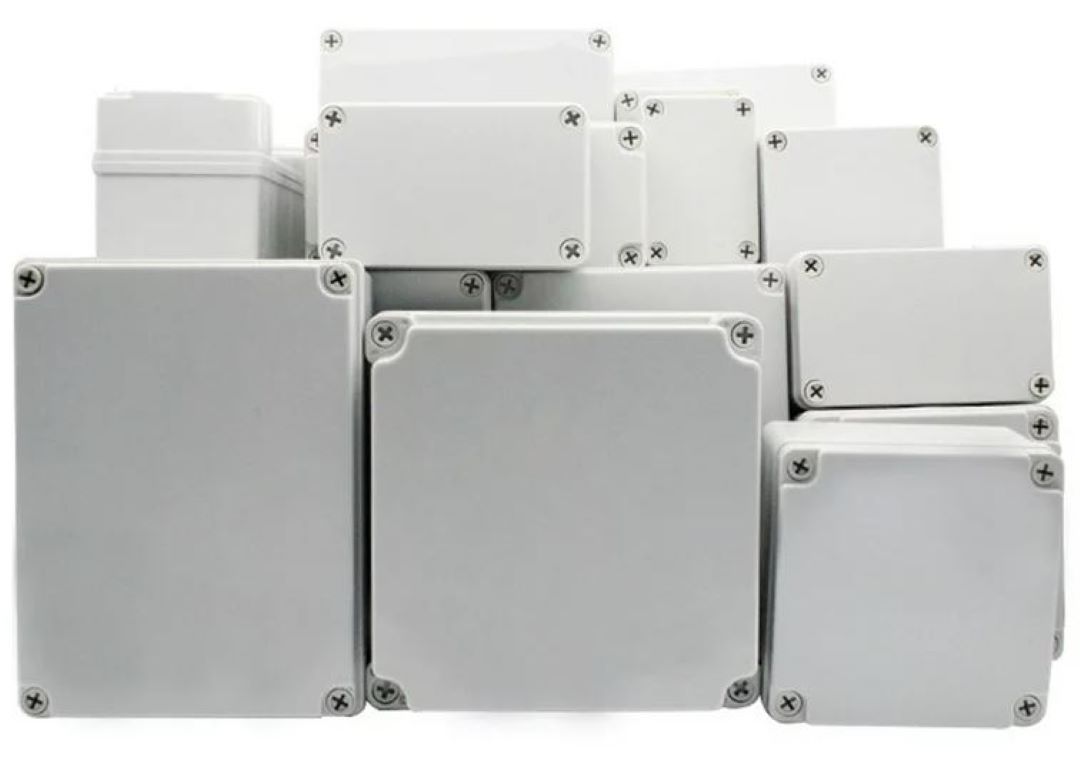
What you need to know about plastic electrical junction boxes?
For plastic electrical junction boxes, you need to know that size selection should be based on the number and size of conduits being attached, as well as the complexity of the wiring network inside.
The product range for these plastic junction box includes various materials like polypropylene, polyethylene, polycarbonate, and polystyrene, each designed with specific use cases in mind.
Regarding weatherproofing, an essential aspect is the IP rating, which indicates the level of protection against elements such as water and dust. A high IP rating means the junction box is well-suited for outdoor use, protecting the electrical connections within from weather conditions.
In Singapore, for instance, the PVC junction box is commonly used and are available in various options, including grey or white, with features such as a detachable lid for easy access, the option to be mounted on the wall or surface, and a secure cover that ensures safety. Manufacturers often stock these items in multiple sizes and shapes to cater to different installation needs.
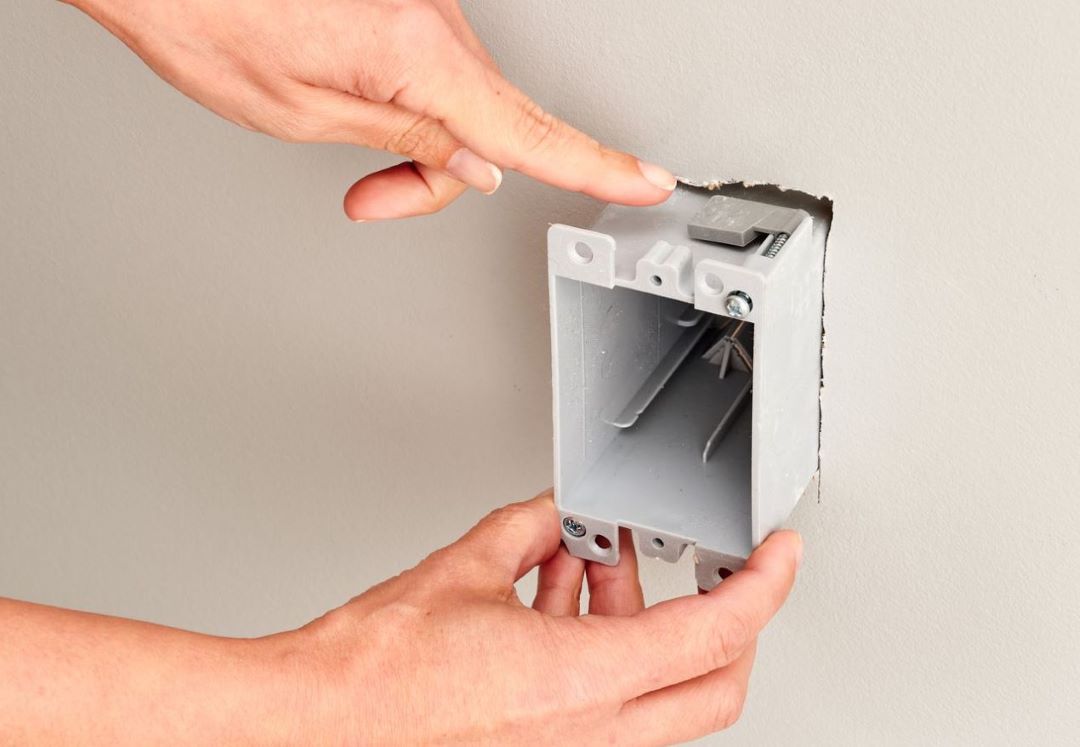
What is a junction box used for?
A junction box is used for housing electrical connections, ensuring they are safely enclosed and can be easily accessed when needed. Typically, a junction box is mounted on a wall or other permanent surfaces and are connected to conduits or the electrical circuitry of a building. In stock, you may find a variety of colors like grey, which is common for these components, providing a neutral appearance that blends with many settings. The box is designed with a cover that protects the connections from dust, debris, and in some cases, water, making it safe for both indoor and outdoor applications.
What is the difference between a junction box and a joint box?
The difference between a junction box and a joint box is primarily in their application and construction. A junction box is a type of enclosure housing electrical connections to protect the connections and provide a safety barrier against water or debris. It allows for secure and straightforward access to wires for maintenance or future changes. On the contrary, a joint box usually refers to a product designed to connect and secure a minimum of 2 wire ends together without necessarily providing the same level of protection or ease of access as a junction box.
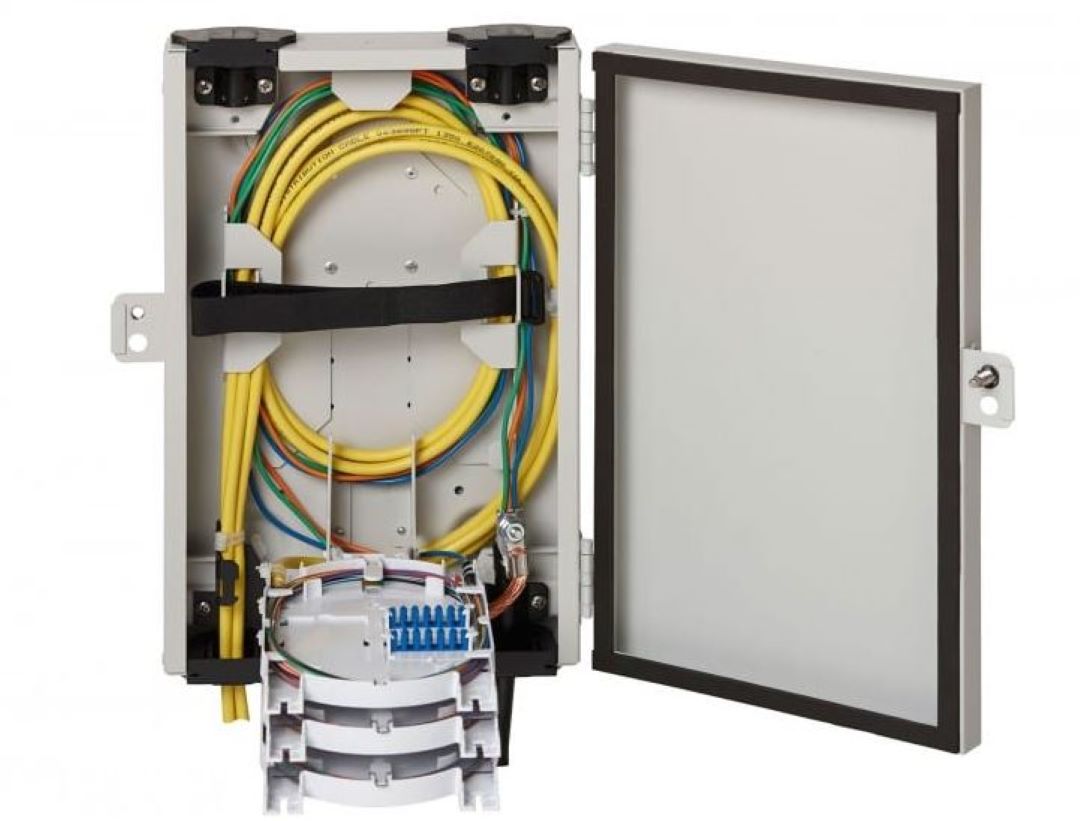
What is the difference between a junction box and a splice box?
The difference between a junction box and a splice box is primarily in their intended functions; junction boxes protect electrical connection from external elements and ensure a safe environment, preventing water to come in contact by enclosing wire splices, while splice boxes are specifically designed for connecting wires. Additionally, while both can be made from various materials including fibreglass or thermoplastic, the choice depends on the specific requirements of the electrical installation.